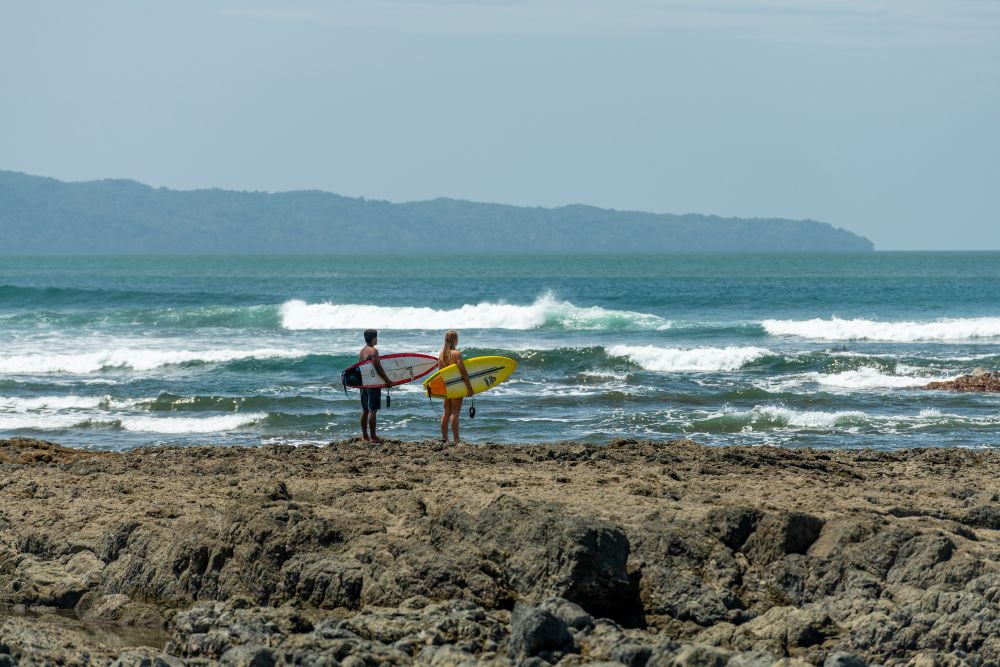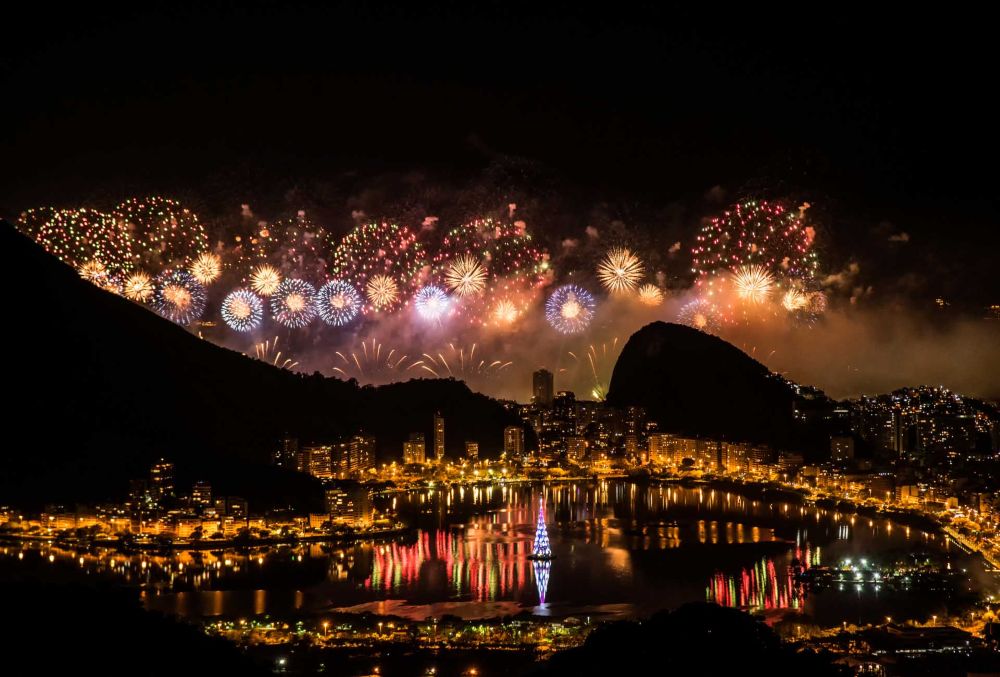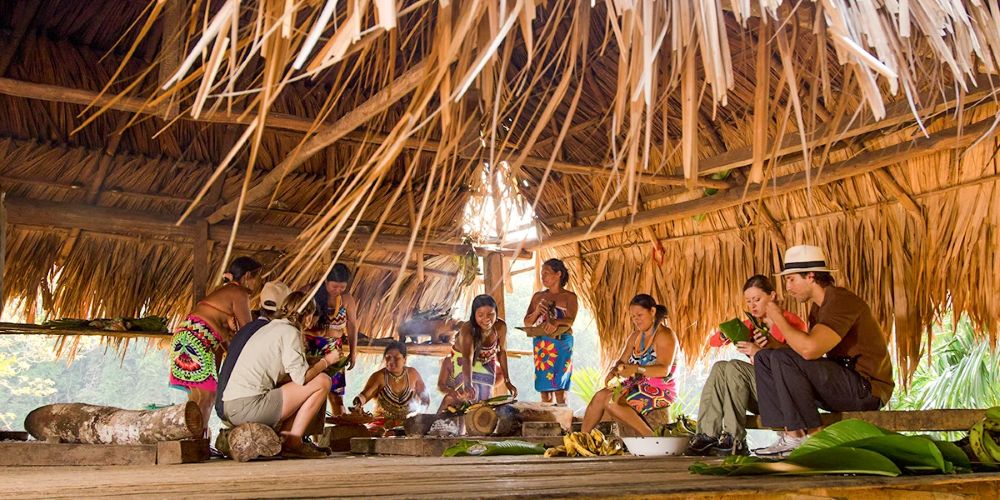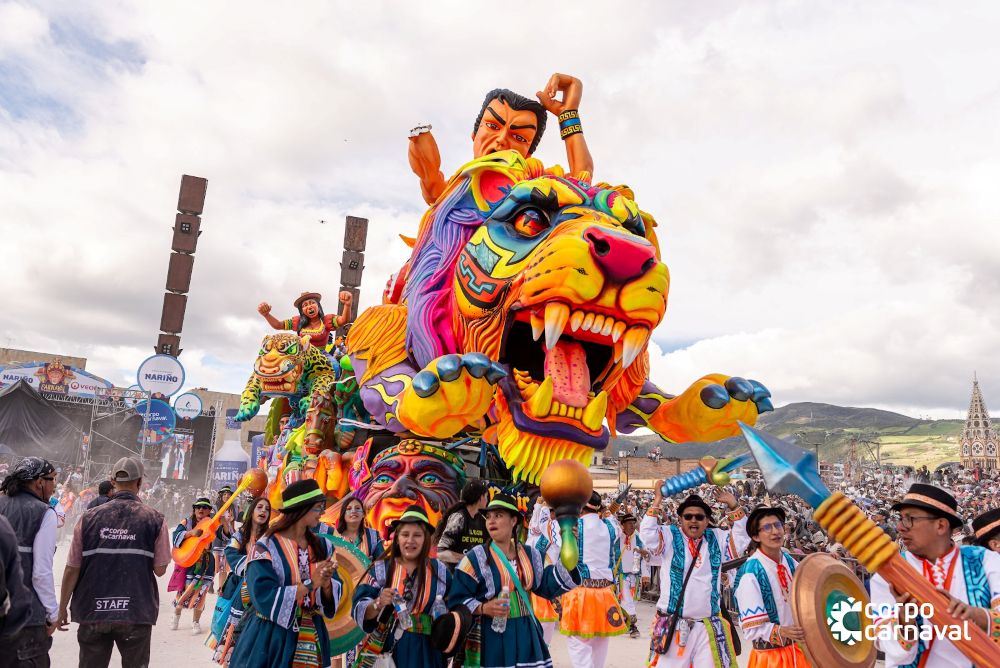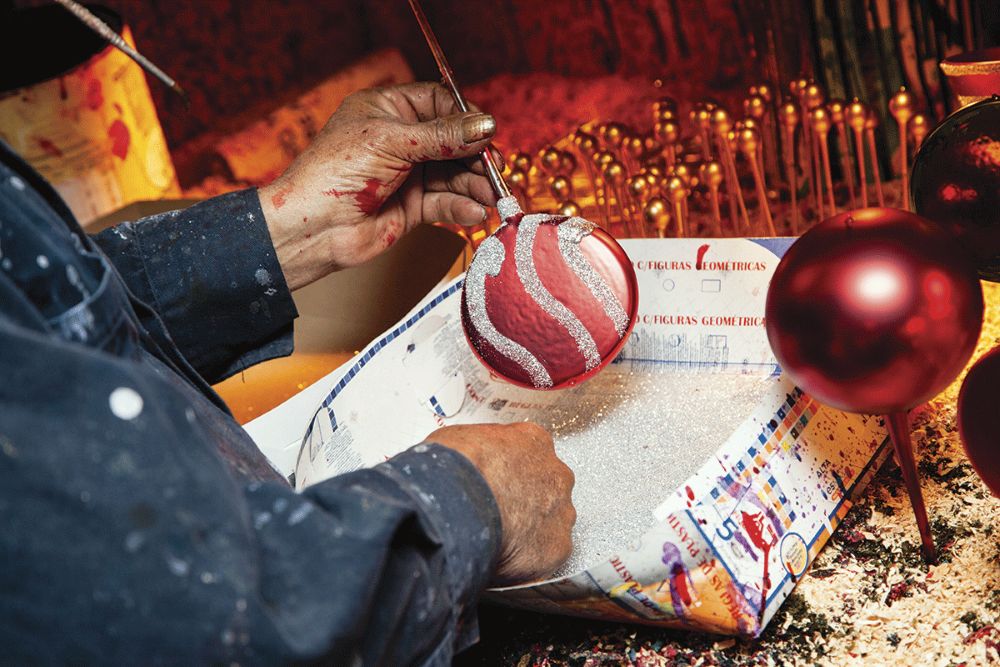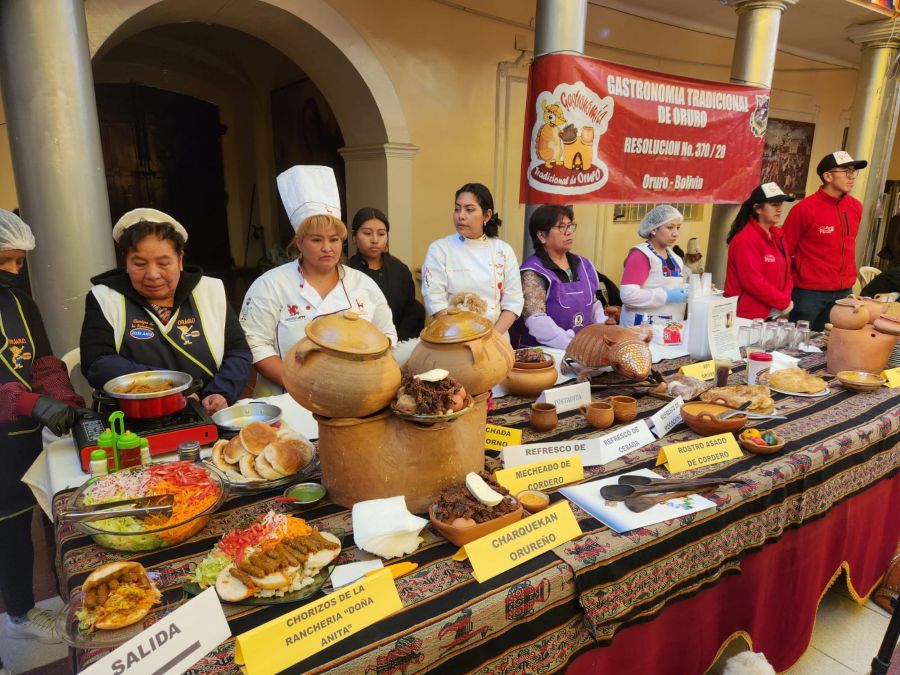With coastlines open to both the Pacific and the Caribbean, Panama wants to make waves one of its signatures. The combination of beaches, a tropical climate, and easy access from abroad is starting to give the country a distinct place on the global surf map.
Industry, tourism and transformation
In a favorable global context, surfing is emerging as a rapidly growing segment: according to Statista, it is expected to generate more than USD 17.1 billion by 2032, with an annual growth rate of 6% between 2025 and 2032.
Panama intends to position itself on this wave, as highlighted by Gloria De León Zubieta, General Director of the Tourism Authority:
“Surfing is not just a sport; it is an economic driver, a job creator, an immersive tourism experience, and a proven tool for transforming destinations.”
In this spirit, the country has already taken decisive steps. In July and August, it hosted two stages of the ALAS Global Tour 2024-2025, attracting around 300 international surfers.
This momentum is also supported by initiatives such as Waved, on Isla Cañas, which uses surfing as a social tool: more than 2,000 children have participated in their English classes, tutoring programs, and environmental projects, with the support of local and international partners.
The call of the waves: key sites
Santa Catalina (Veraguas)
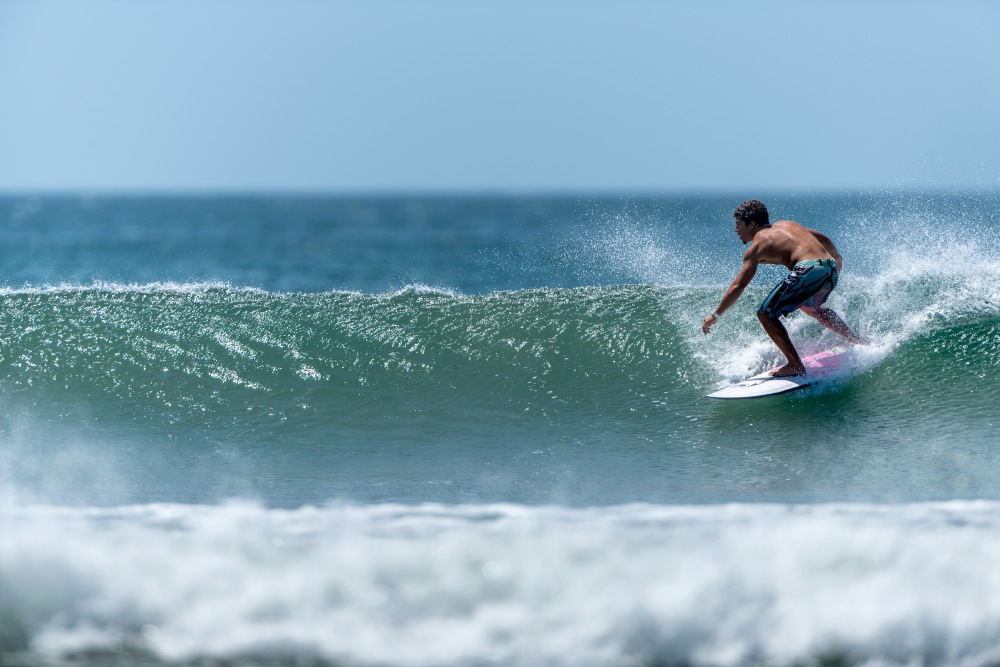
- Wave type: powerful reef break, long barrels.
- Level: intermediate to advanced (La Punta and Punta Brava); all levels at Playa Estero.
- Best season: April to October (south swell).
- Access: paved road, 5 hours from Panama City.
This small fishing village in Veraguas has transformed from an isolated corner into an international surfing reference. The local community has adapted to the flow of visitors, with hostels, surf schools, and ocean-focused restaurants. Its reputation places it alongside the most legendary beaches in the region.
Playa Venao (Los Santos)
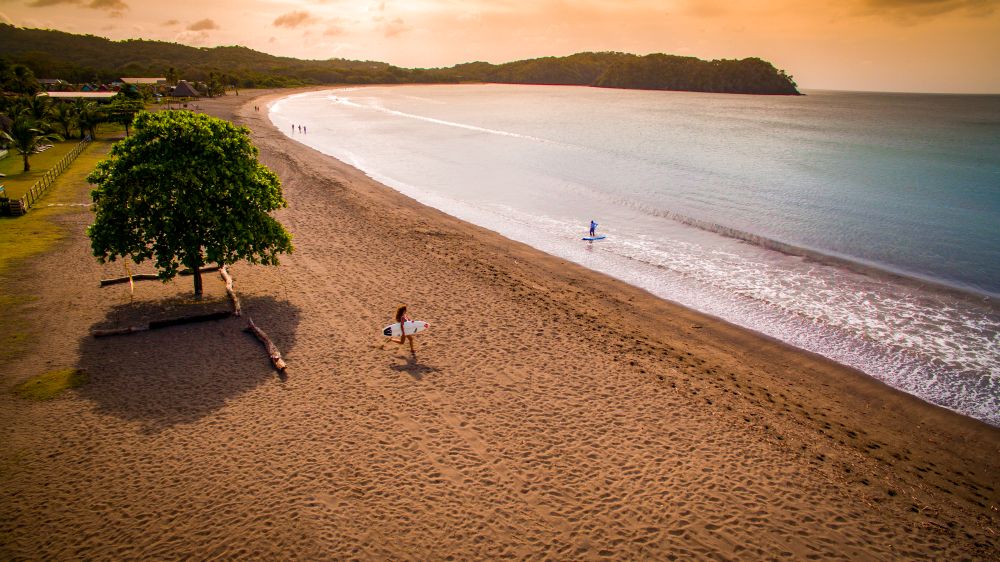
- Wave type: consistent beach break, lefts and rights.
- Level: all levels.
- Best season: March to November.
- Access: 5 hours by car from Panama City.
Located on the Azuero Peninsula, Playa Venao combines a youthful atmosphere, lively nightlife, and an international surf community that returns every season. Its bay is home to schools and diverse accommodations, making it a highly popular spot for learning without giving up comfort.
Bocas del Toro (Caraïbes)
- Wave type: powerful reef breaks, heavy barrels.
- Level: advanced.
- Best season: December to March and June to August (Atlantic swell).
- Access: 1-hour flight from Panama City or ferry from Almirante.
The archipelago is one of the most sought-after destinations in the Central American Caribbean, with an island vibe that attracts both backpackers and top-level surfers. Its reefs and marine topography have created unique waves that appear in international rankings of the best spots in the region.
Our article: Surfing in Latin America: 6 spots to ride all year round
Panama is not just gaining recognition among surfers. It also illustrates how a sport can become a driver of economic growth, social cohesion, and sustainable enhancement of territories. The country is establishing itself as a major surf destination, while ensuring that those who live off the sea remain at the heart of this transformation.
Photos : Visit Panamá

